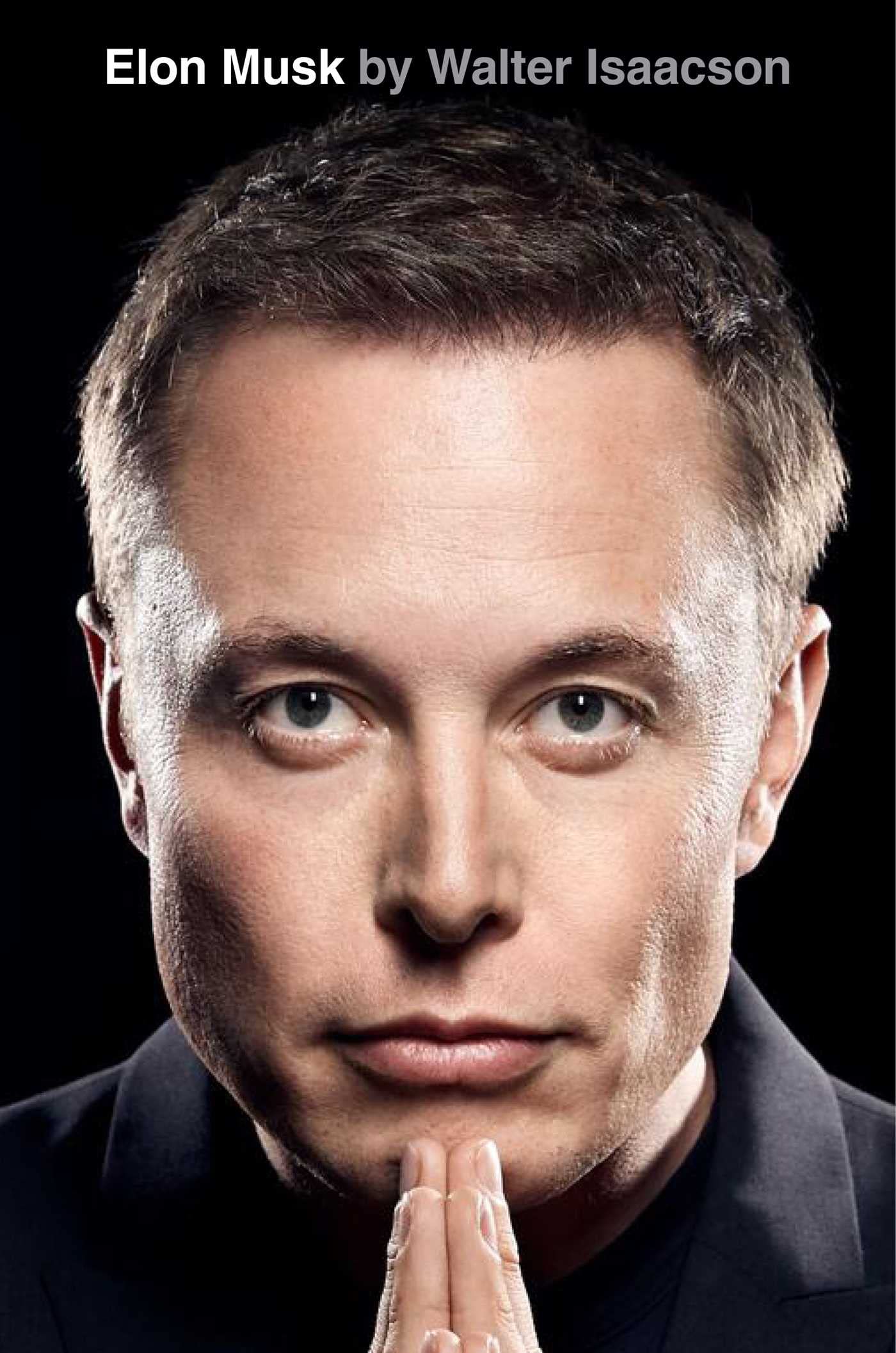A primary goal of Musk’s approach was cost-effectiveness. Musk was determined to defy the aerospace industry’s high pricing models, making space travel more affordable and sustainable in the long run. This led him to prioritize in-house manufacturing for key components, slashing costs and improving efficiency. For example, SpaceX managed to produce a valve for a fraction of the $250,000 quoted by traditional aerospace companies and created an actuator for a much lower price than the industry estimate of $120,000. These moves were foundational to Musk’s long-term goal of reducing the cost of space travel, making it more accessible for both private and commercial ventures, and eventually paving the way for the colonization of Mars.
Another pillar of Musk’s leadership was a relentless sense of urgency. His approach was built around setting aggressive deadlines, challenging his team to meet targets that seemed nearly impossible. Musk firmly believed that pressing for shorter development timelines could lead to faster innovation and quicker breakthroughs. He insisted on cutting development times by half, which created a high-pressure work environment, but also accelerated progress. This drive to meet deadlines sometimes came at the expense of team morale, but it also generated remarkable results. Musk’s insistence on maintaining an aggressive timeline pushed the company to continuously innovate, proving that rapid execution could result in big wins, even when traditional, slower methods were the norm in the aerospace sector.
Musk’s philosophy also revolved around learning through failure. In contrast to the traditional aerospace industry, which often adhered to long testing phases before final production, SpaceX’s strategy focused on rapid prototyping and testing new designs with the understanding that failure was an important step in the process. Musk didn’t shy away from failures; instead, he viewed each one as an opportunity for improvement. SpaceX’s engineers quickly implemented the lessons learned from each failure, iterating their designs faster than their competitors. This approach allowed SpaceX to evolve rapidly, improving its designs based on real-world testing rather than theoretical assumptions. While many aerospace companies took years to bring new ideas to market, SpaceX’s ability to quickly adapt and test new ideas allowed it to remain at the cutting edge of space technology.
Lastly, inventive improvisation played a crucial role in SpaceX’s early success. Musk encouraged his team to think outside the box and find cost-effective solutions to difficult problems. For example, instead of opting for high-tech, expensive solutions, SpaceX used a car wash system valve in their rocket design when they couldn’t afford traditional components. When faced with a damaged test stand, Musk’s team resorted to using hammers to make repairs instead of ordering expensive new parts. These unconventional solutions became integral to SpaceX’s ethos, emphasizing the idea that thinking creatively and solving problems in a non-traditional way could lead to both cost savings and innovative results.
Together, these principles—cost-effectiveness, urgency, iterative learning, and improvisation—shaped SpaceX into a leader in the aerospace industry. Musk’s unique approach to rocket-building disrupted traditional aerospace practices, forcing the industry to rethink its processes. SpaceX’s emphasis on in-house manufacturing, rapid innovation, and a willingness to take risks allowed the company to accomplish what seemed impossible at the time. Musk’s vision for a more cost-effective and accessible space industry came to life through these strategies, and they continue to guide SpaceX as it pushes the boundaries of what is possible in space exploration today. This blueprint, developed over years of trial and error, ultimately led to SpaceX’s successful ventures, helping the company break new ground and solidify its place in the future of space travel.


